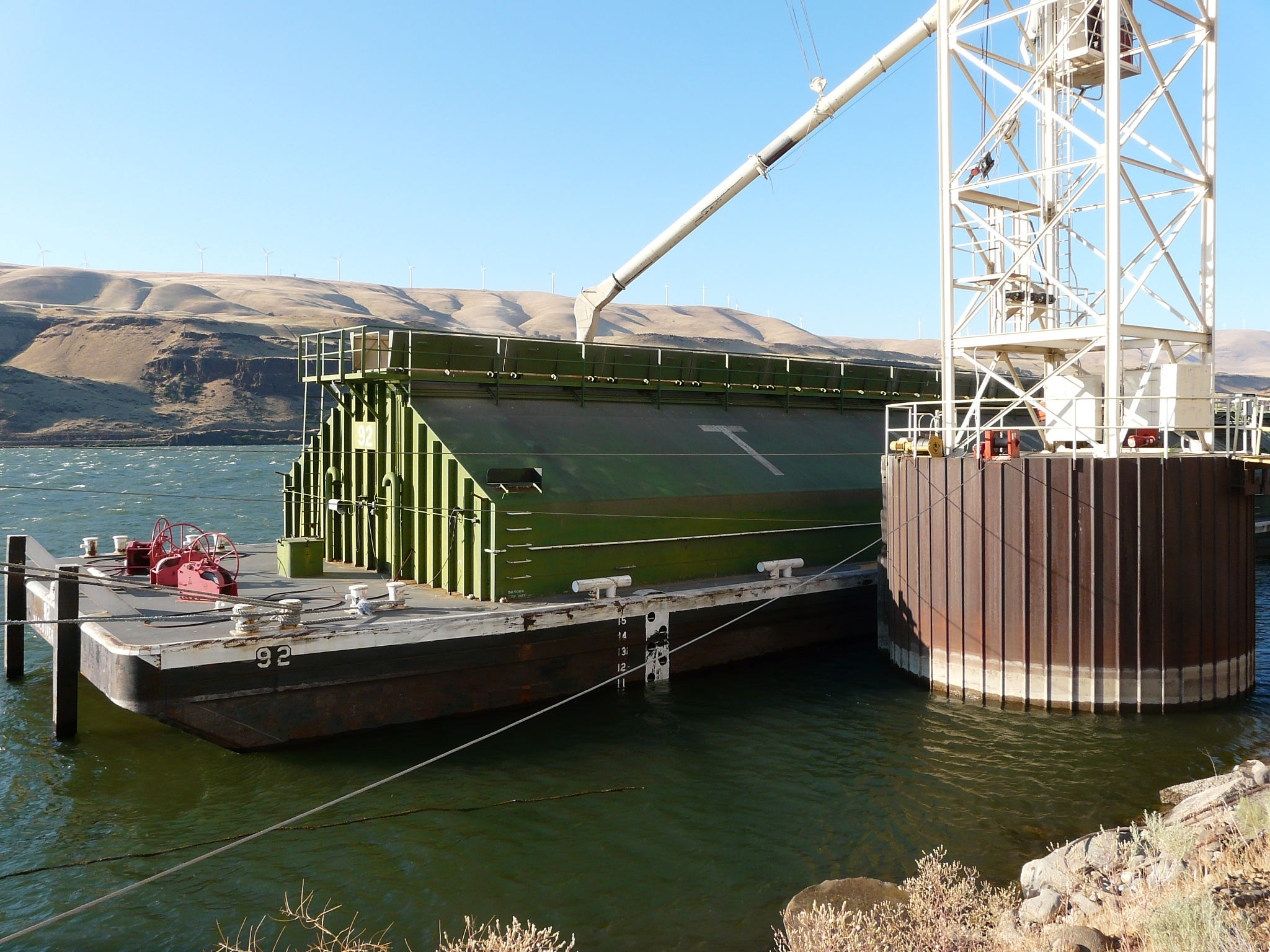PNW Vessel Delays Begin to Improve
By Steve Wirsching, USW Vice President and West Coast Office Director
This winter the Pacific Northwest (PNW) has seen snowstorms and record rainfall that reduced vessel loading and inbound rail service. A slowing of rail service for just a few weeks manifested itself into long vessel lineups and loading delays of up to three to four weeks. Normally there are 12 to 15 vessels in the Columbia River waiting to load. However, the Daily Grain Bulletin, published by the Portland Grain Exchange, reported 38 grain vessels waiting to load a few days ago.
Almost every sort of natural disaster imaginable has interrupted rail service to the PNW. The Burlington Northern Santa Fe (BNSF) railroad applied additional resources to restore full service as soon as humanly possible. Last week there was a break in the weather, which allowed the rail service to partially recuperate. This marginal improvement raised train velocities and increased the number of unit-trains arriving in Portland daily.
Export elevators are also struggling with the weather because they cannot load when it is raining. Reports are that vessel loading efficiency is down 25 percent due to the heavy rainfall. Portland set a record in the month of February when over 10 inches of rain fell in 28 days, the most precipitation since 1996. When it rains this hard, exporters must close the hatches to protect the grain from excess moisture. Some facilities have special hatch covers where some grain can be blown through a small hole, but the loading speed is dramatically reduced.
Further complicating the weather delays are the planned repairs of the Columbia Snake River System. The U.S. Army Corp of Engineers closed the river system on Dec. 12 for necessary long-term maintenance, putting additional pressure on the rail system, now the sole mode of transportation to move grain to market. An ice storm in the Columbia River gorge stopped construction for several days, delaying repairs with possible impact on the planned reopening date of March 20. The Army Corp of Engineers is doing everything in its power which includes working on the weekends and adding labor to complete the repairs on time, but there is only so much they can do when fighting mother nature.
The grain trade is working its way out of this backlog and all expectations are that by April the Columbia River will be back to normal. Currently vessels entering the river are waiting two to three weeks to load. Loading delays and higher basis levels will potentially crowd out spot market demand limiting sales for the next year. However, most wheat buyers heeded the advice of USW early last year, when told to purchase wheat ahead of the river closure. Wheat sales and shipments are ahead of last year’s pace, a clear indication that buyers responded to USW’s recommendations. Grain (wheat, corn and soybean) exports are as much as 21 percent higher this year, the best year in the last 10 on a calendar year basis.
With a healthy dose of perseverance, the grain trade, railroads, barge lines, growers and overseas buyers will work through these logistical challenges and overcome the delays. Traditional U.S. folk lore says March weather “comes in like a lion and out like a lamb.” There are hundreds of people here in the PNW, and among many of our customers, we are waiting anxiously for the lamb to arrive!


